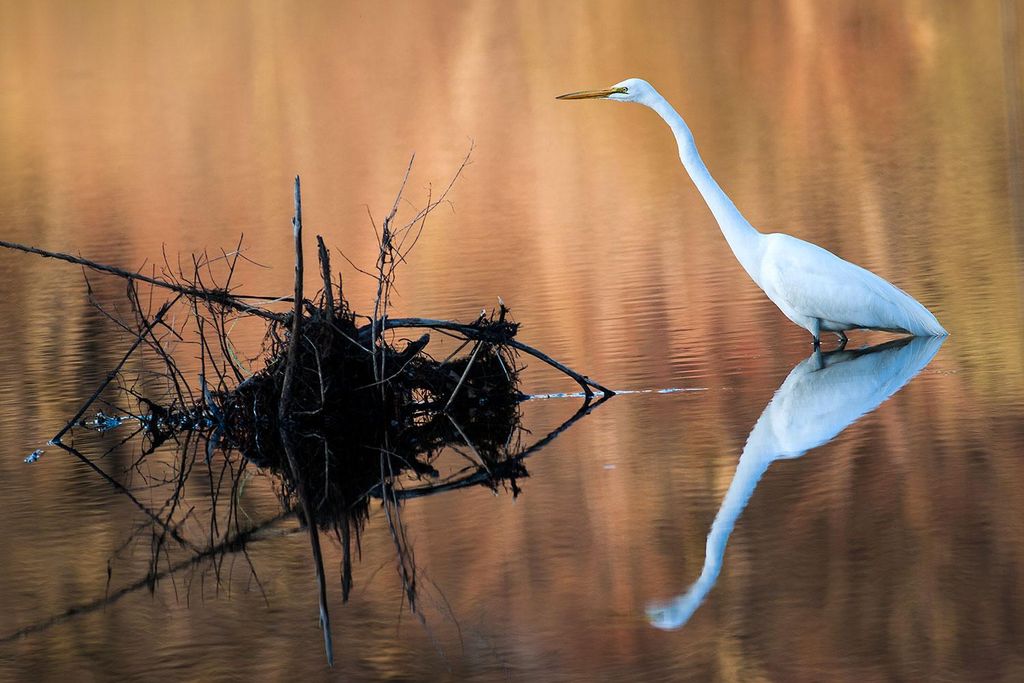What could be better than capturing a beautiful subject with your camera? Try doubling the visual interest with a mirror-like reflection. This kind of composition is not limited to vast bodies of water. A small pond would be just as effective as a puddle of melting snow. The technique can be used to photograph a wide variety of conditions. Here are some examples to get you started.

My fascination with reflections started as a child while watching Bob Ross paint majestic landscapes with oil on canvas. His work often showed mountains residing in the upper half of the painting while a sparkling body of water claimed the bottom half. The reflection essentially connected the main subject to the rest of the environment. By utilizing the entire frame, it felt as if you could walk into the scene. His method seemed to bring the artwork to life. For photographers, it’s possible to create a similar feeling with your camera.

Pay no attention to the so-called rules of composition which find fault with a centered horizon line. These guidelines were meant to be broken, and this is an ideal scenario to do so. When you split the frame in half, the scene becomes more symmetrical. Not only is it visually appealing, but it also represents the harmony of life. The poet, Johann Wolfgang von Goethe said, “So divinely is the world organized that every one of us, in our place and time, is in balance with everything else.”

Ideally, this type of photography should be done on a day with little wind. Calm water is desirable for the clearest reflections. You won’t need a special lens or filter to create the effect. The trick is to walk right up to the edge of the water and explore the vantage point from a lower angle. If you’re standing straight up, you may not even notice it.

On your photography walks, slow the pace to thoroughly examine your surroundings. Good images don’t always reveal themselves right away. When you find an interesting subject, walk around it, check various angles, and look for potential opportunities for reflections. Don’t forget to try both horizontal and vertical compositions to best capture the scene. Eliminate any distracting elements by zooming with your lens or moving with your feet.

The examples presented here are just some of the ways to use reflections in your photography. What photos can you find in your own home town? Like most art forms, the best results have little to do with what gear you use. Anyone with a camera can create balanced compositions. In fact, with some imagination, just about anything is possible.

Photos and Text by Chris Corradino




